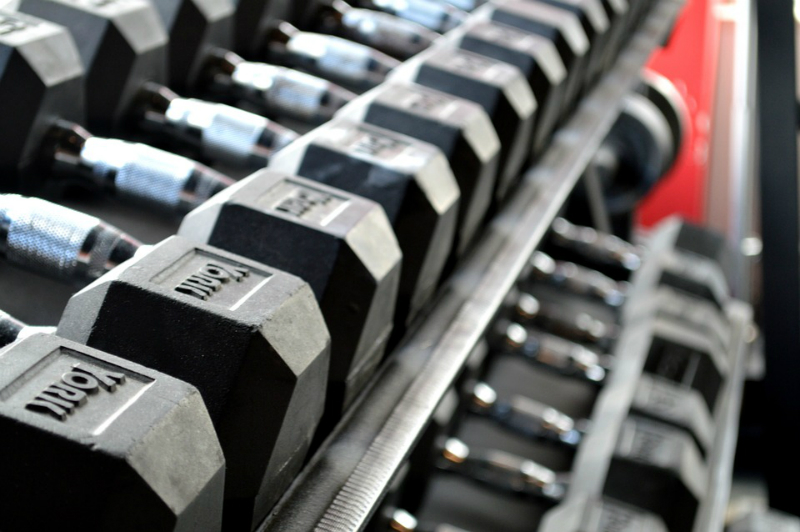Healthy aging depends on good health, yet there are many facets of what we call “good health” and what we mean by “good.” It is safe to say, however, that good health includes, at a minimum, independent living, enjoying social connectedness and being able to attend to one’s own needs.
One of the areas doctors and researchers are now focusing on is muscle mass and muscle strength. The loss of mass and strength is call “sarcopenia” and is a predictor of falls and fractures, which often lead to dependence, or the need for ongoing care, either at home or in a facility.
“Sarco” comes for the Greek word meaning “flesh,” and “penia,” also from the Greek, means “poverty.” It’s basically a loss of muscle, both strength and mass. At the recent International Osteoporosis Foundation meetings in Paris, there was a lot of interest and discussion about sarcopenia and its impact on healthy aging.
Our muscles are paramount to normal day-to-day activity. Those with sarcopenia, either age-related or caused by inactivity, find that it adversely affects their balance and gait. Overall quality of life, activity and risk of falls are all affected. And falls lead to fractures.
Preventing fractures is important because research shows that, after a hip fracture, for example, 23 per cent of women and 37 per cent of men will die within one year. More than 40 per cent of people will not walk normally again and about 25 per cent will enter a long-term care facility. Keeping our muscles strong and healthy is not for show, not for appearance, but rather essential for our health and independence.
READ: HEALTHY AGING: THE UNVACCINATED HORDES
In order to test for and measure sarcopenia, many physicians try to determine how frail their patient is by looking at five factors on a regular basis: 1. is the patient excessively tired?; 2. can he or she climb a flight of stairs?; 3. can the person walk a block?; 4. does the patient have more than five illnesses, even if they are well controlled?; and 5. has the patient inadvertently lost more than five per cent of his or her body weight?
If the answer to three or more of these questions is “yes,” the patient may have some frailty, which may be caused by sarcopenia.
Another simple test is for the doctor to ask the patient to stand up five times without using the arms of the chair. This tests whether the person’s legs and core are strong enough to perform the task quickly and easily. Another test is to see if the patient can walk with one foot right in front of the other, without weaving side to side.
So what do we do to prevent sarcopenia? How can we slow down that process and maintain healthy aging? Well, there is no magic pill. The answer is to make healthy choices.
Exercise – today, tomorrow and everyday. As you get stronger, do more. Even for those in a wheelchair, research shows that upper body strengthening helps with balance and movement, which is important for getting from the chair into bed.
Likewise, the importance of healthy eating cannot be over emphasized. Tea and toast just won’t do it. Protein helps build muscle and there should be some at every meal. Older people need proper nutrition with adequate calories. And if you have not been taking vitamin D, get started. Yes, we get it from the sun, but sunblock hinders our body’s ability to absorb it and no one in North America gets enough. Take a look at Canada’s Food Guide for advice about healthy forms of protein and creating nutritious meals. This is not a fad or a luxury. It is essential.
Keep your muscles strong, engaged and active, and you will be strong,
engaged and active. That’s healthy aging.
